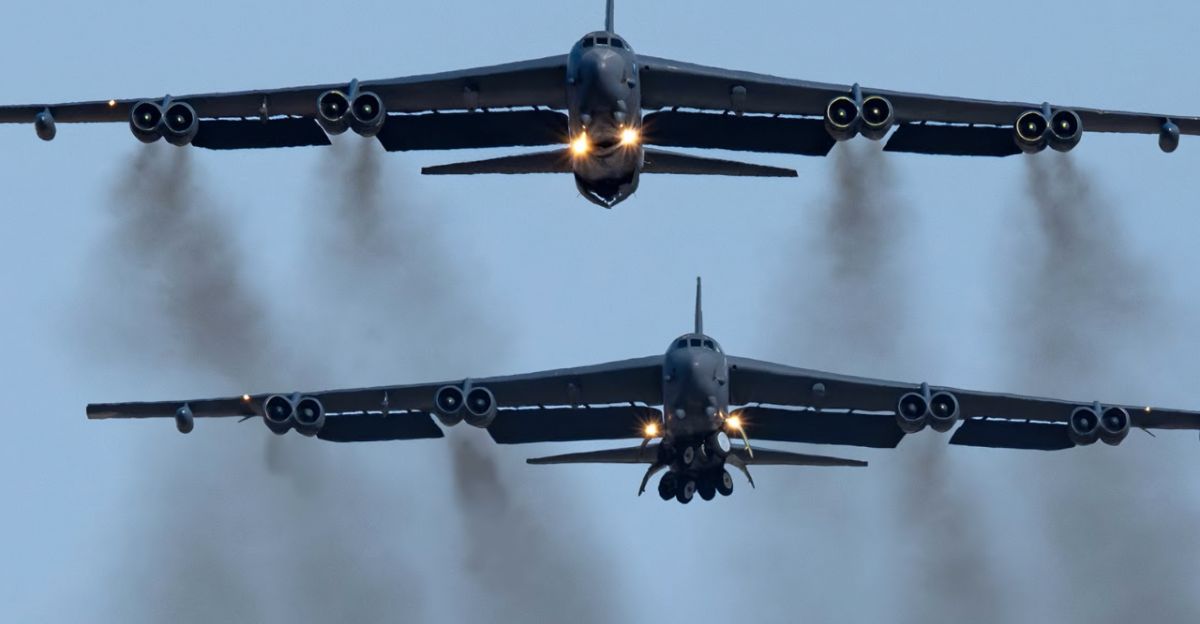
Historian Alan McPherson calls this buildup “the largest in the region since 1965”. Eight U.S. warships, a nuclear attack submarine, and F-35 fighter jets now patrol near Venezuela, backed by roughly 10,000 troops in the Caribbean and Puerto Rico.
Trump labels it a campaign against “narcoterrorists,” but experts see deeper strategic aims.
Deadly Operations

Since Sept. 2, Trump’s administration has ordered six strikes on suspected drug-smuggling boats in the Caribbean, killing at least 27 people. The first strike sank a Venezuelan vessel linked to the Tren de Aragua gang, killing 11 (Trump called them “terrorists”).
These lethal military hits have replaced past counter-narcotics policing.
Historical Context
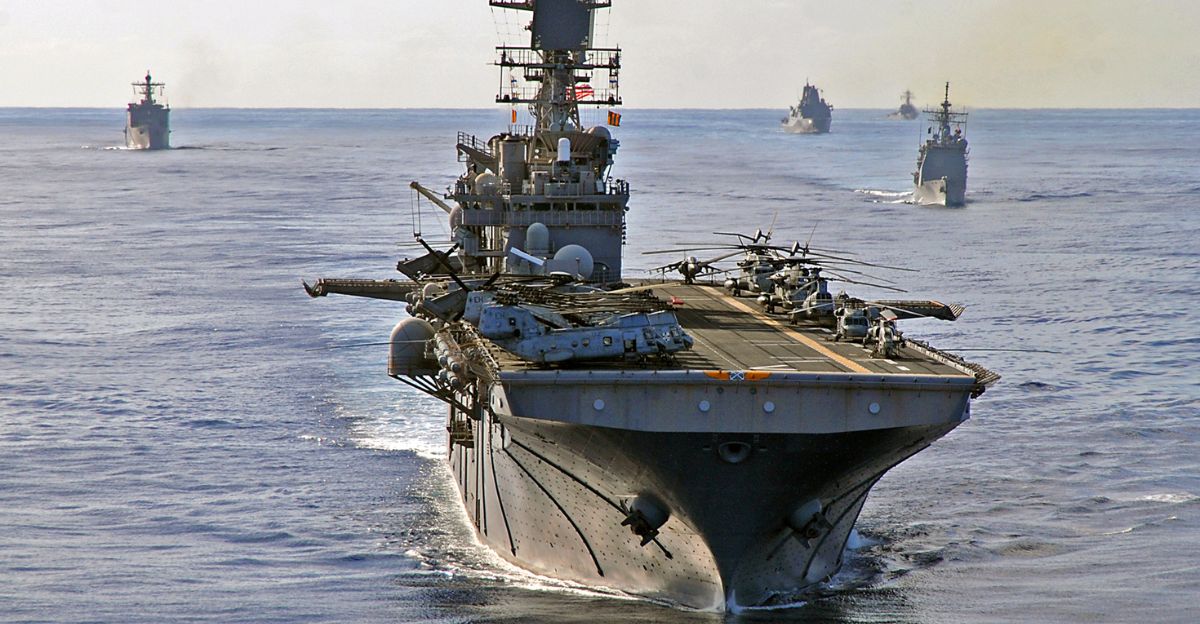
Historian Alan McPherson says this is “the largest in the region since 1965”. Normally only two or three U.S. warships patrol the southern Caribbean, but here ten ships (including USS Iwo Jima, San Antonio, Fort Lauderdale) and a submarine are deployed.
Over 4,000 personnel (with 2,200 Marines) arrived aboard Iwo Jima’s group – the first such U.S.-based deployment in nearly a year.
Mounting Pressure
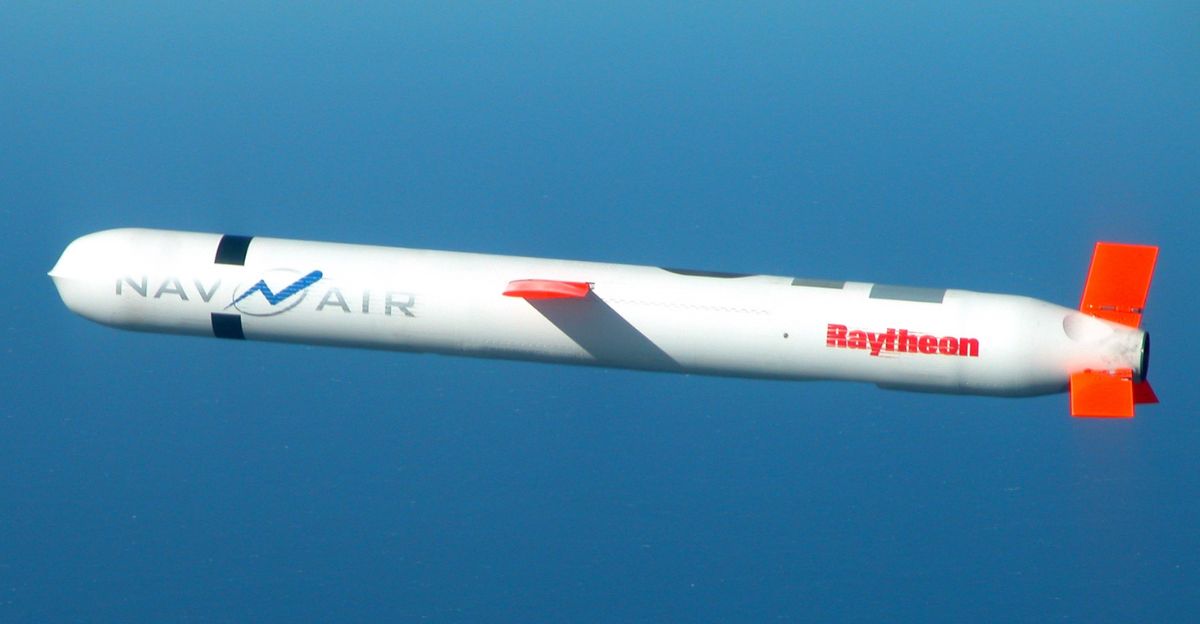
Most of the deployed destroyers carry Tomahawk cruise missiles for long-range strikes. The nuclear attack submarine USS Newport News is also operating in the Caribbean. President Trump confirmed on Oct. 15 that he authorized the CIA to carry out covert operations inside Venezuela.
The convergence of naval, air and intelligence assets signals an intense pressure campaign against Maduro.
Bomber Reveal

On Oct. 15, 2025, three USAF B-52 Stratofortress bombers (callsigns BUNNY01/02/03) flew from Barksdale AFB and orbited for about two hours in international airspace roughly 150 miles north of Venezuela.
These sorties, openly tracked on civilian sites, were confirmed by Global Strike Command as a major show of force against Maduro.
Regional Impact

Venezuela responded immediately. Maduro declared the nation at “maximum preparedness” and mobilized some 25,000 troops along the Caribbean coast and borders. Caracas even ordered snap exercises and scrambled at least one F-16 toward the bombers.
As one expert noted, these visible B-52 patrols were “clearly intended to send a message” to Maduro.
Human Dimension
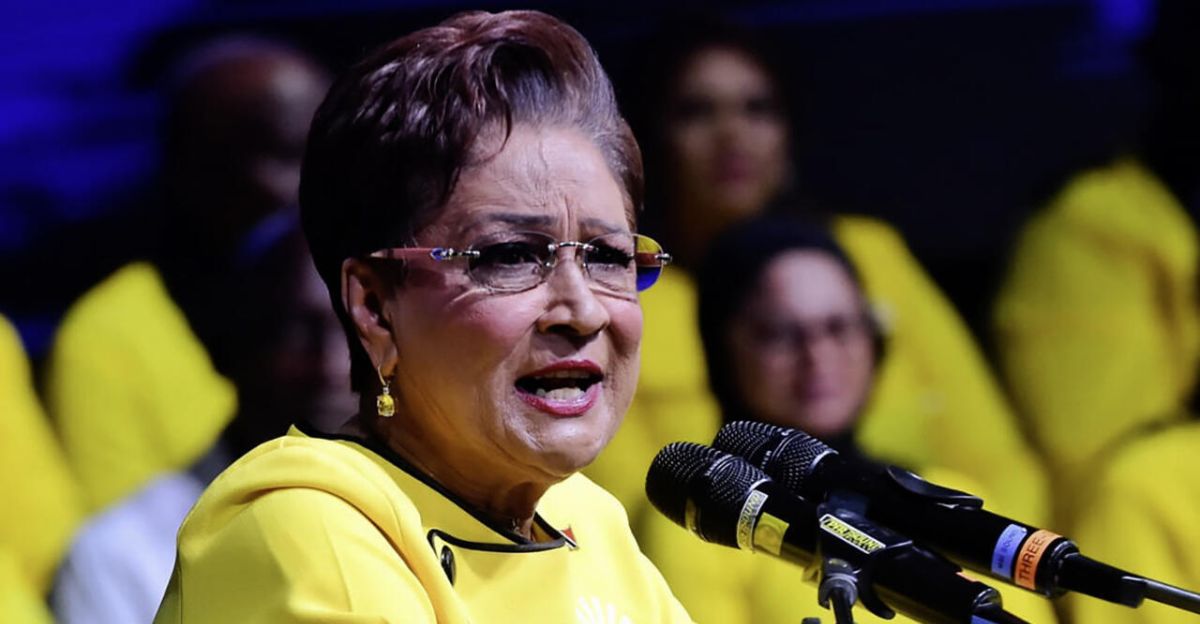
Regionally, Trinidad’s PM Kamla Persad-Bissessar offered U.S. forces access to protect Guyana and said they should “kill [all drug traffickers] violently”. Maduro blasted her comments as “like declaring war”, warning he would retaliate against any attack from Trinidad or Guyana.
Guyana’s VP Bharrat Jagdeo added: “You cannot trust Maduro.”
Diplomatic Responses
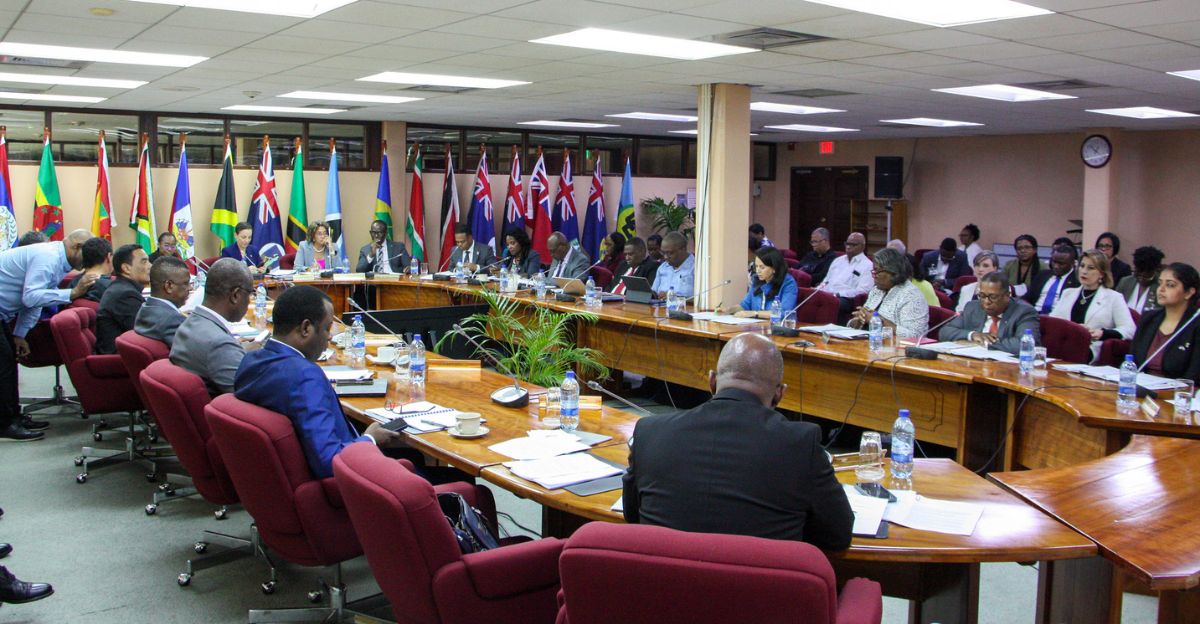
CARICOM foreign ministers have urged Washington to notify regional partners before launching operations, noting the buildup has “reignited tensions and divided positions in the region”. Cuba, Venezuela, and Nicaragua have condemned it as an “imperialist offensive”.
At the same time, Guyana – facing Venezuelan land claims – has quietly welcomed the U.S. presence.
Strategic Capabilities
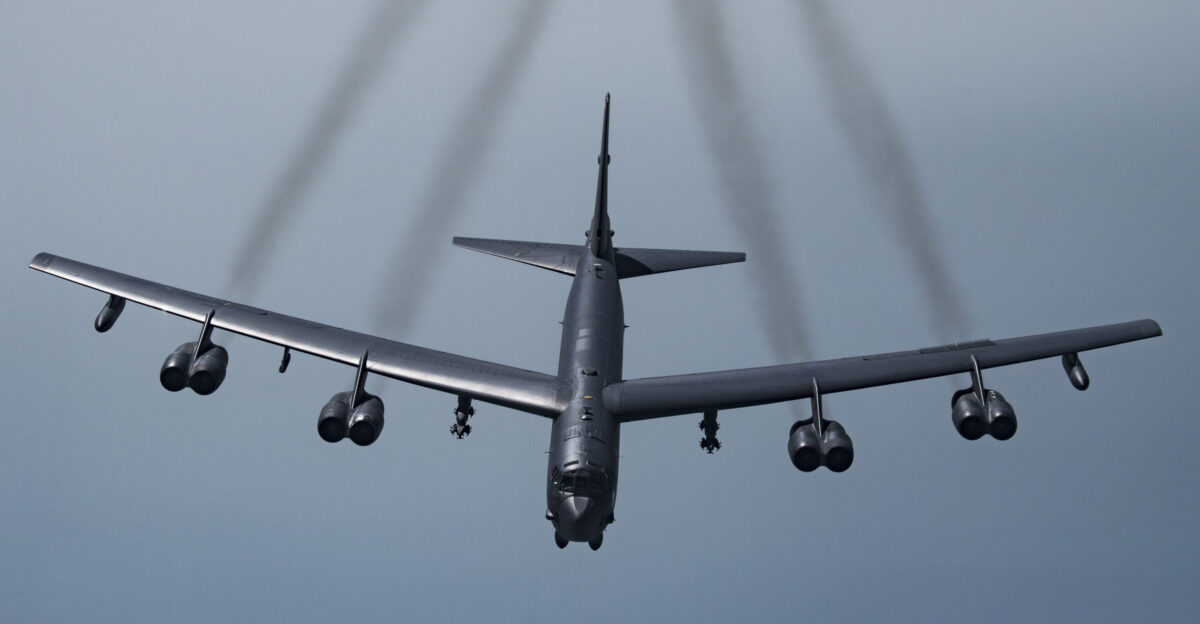
From a military standpoint, the B-52 is a long-range heavy bomber used extensively in Afghanistan, Iraq, and Syria, and capable of carrying nuclear weapons. It can unleash “waves of standoff cruise missiles” as well as a variety of conventional bombs against land and sea targets.
While B-52s have flown counter-narcotics missions before, openly orbiting them near Caracas is a pointed demonstration of force.
Special Operations Training
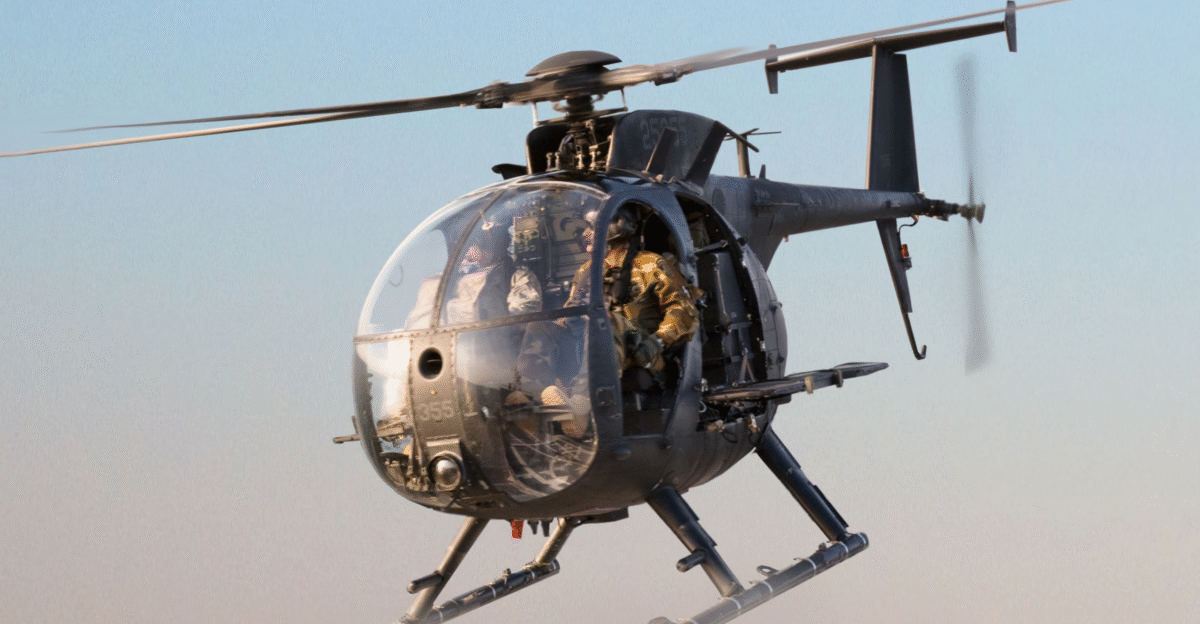
On Oct. 17, a U.S. official confirmed that special operations aviation units had flown training flights near Venezuela. Imagery analysts spotted MH-6 Little Bird attack helicopters and MH-60 Black Hawks operating roughly 90 miles off the coast.
Officials say it was routine proficiency training, but these aircraft are the same ones used for insertion of forces on the ground, adding another layer to the buildup.
Internal Debates

The unprecedented use of lethal force against drug boats has prompted legal controversy. In contrast to past interdiction efforts, the Trump administration asserts it is treating these crews as “unlawful combatants” to be met with military force.
Critics note that no suspects are arrested or tried. Law professor Mary Ellen O’Connell warned that the first strike “violated fundamental principles of international law”.
Command Structure

Air Forces Southern (under Air Force Global Strike Command) oversees the bombers, while U.S. Southern Command oversees the Caribbean buildup. Southern Command has formed a new II Marine Expeditionary Force-led joint task force to manage the expanded counter-narcotics campaign.
This multi-service effort (Navy ships, Marines, Special Ops, and even CIA) reflects a unified pressure strategy on Venezuela.
Asset Positioning

U.S. air assets are massing in Puerto Rico. Marines flew F-35B fighters into the former Roosevelt Roads airbase. MQ-9 Reaper drones and AC-130J Ghostrider gunships have flown sorties from Puerto Rico. On Oct. 16, an Air Force C-17 cargo plane flew directly from California to Puerto Rico (officials gave no explanation).
AC-130Js routinely conduct interdiction and armed overwatch missions.
Expert Analysis
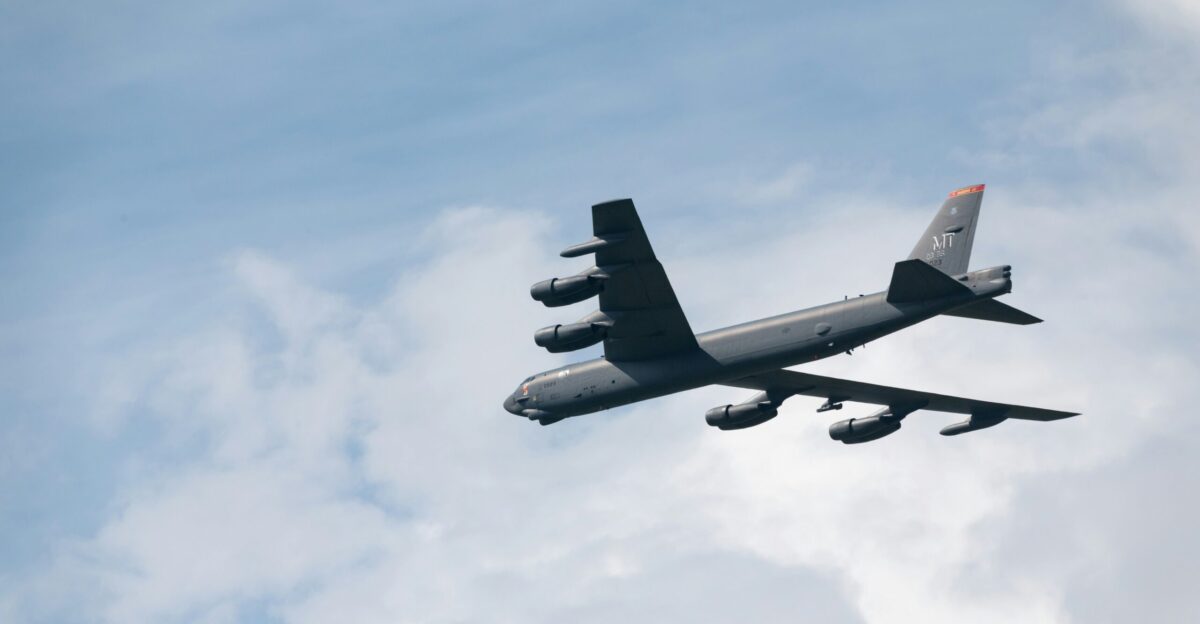
B-52s could deliver long-range standoff strikes, a role analysts say would “help reduce risks to friendly forces”. Many observers see these deployments as political pressure.
The Economist notes that “few think drugs are the sole or even the main focus” – the buildup “makes the most sense if the principal intent is to rattle Mr. Maduro”.
Future Trajectory
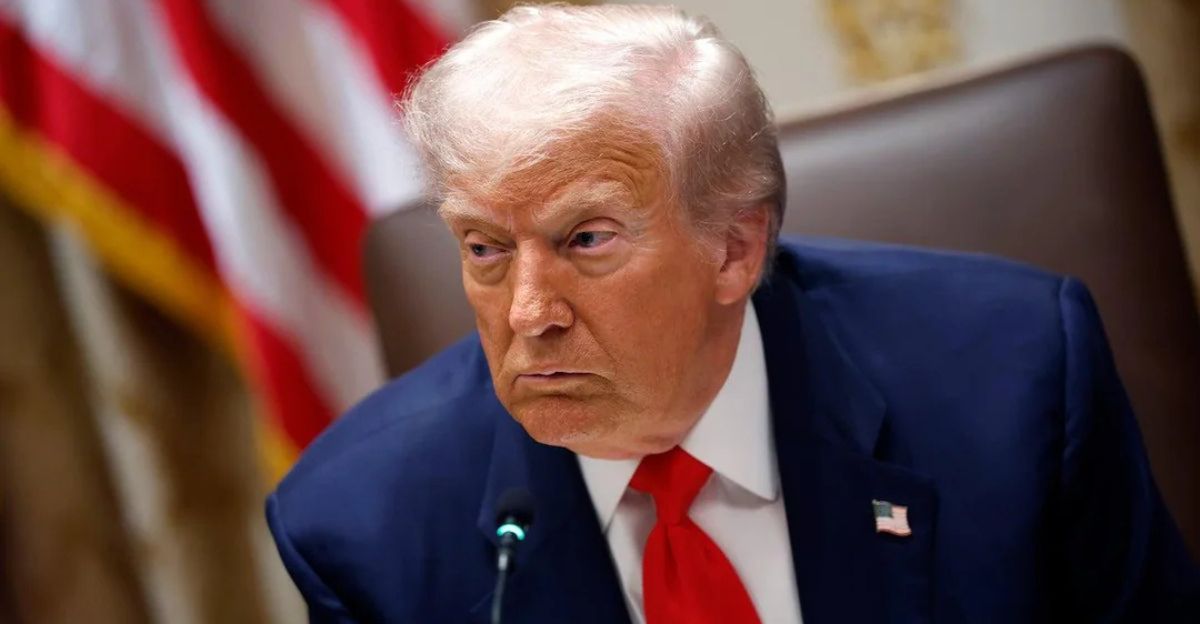
President Trump himself hinted at next steps: “we are looking at land now, because we’ve got the sea very well under control”. The combination of amphibious assault ships, strategic bombers, special-ops helicopters and intelligence assets represents a full-spectrum posture.
Whether this is preparation for a direct intervention, continued pressure, or deterrence remains unclear. Upcoming developments will show if this is the campaign’s climax or a new phase.
Political Implications
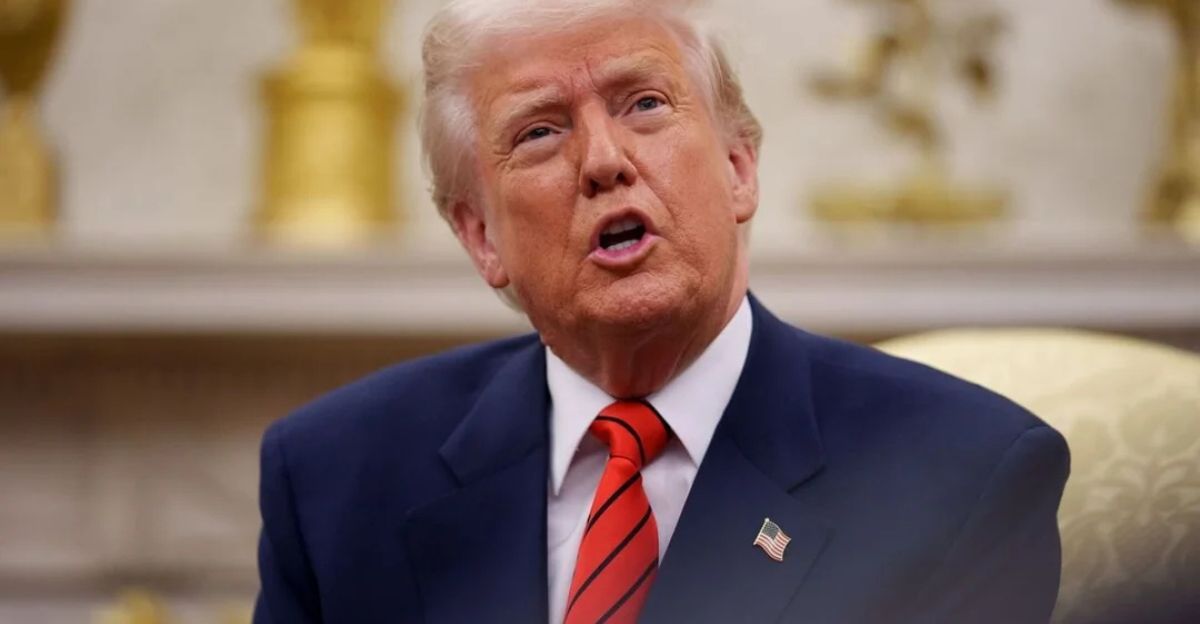
The Caribbean buildup revives the Cold War–era worries about U.S. intervention in Latin America. The Trump administration now labels drug gangs “narco-terrorists” to justify military action. But constitutional lawyers warn that using military force abroad without Congressional approval stretches the usual war powers.
Many international law experts say these strikes against boats violate legal norms.
International Reactions

Cuba, Venezuela and Nicaragua have denounced the buildup as an “imperialist offensive” violating sovereignty. Russia and China, Venezuela’s allies, have warned against U.S. intervention (they have not commented on the bomber flights). European governments have mostly stayed out of it.
In the Organization of American States, opinion is split: some support pressure on Maduro, while others condemn militarizing what they see as a law-enforcement issue.
Legal Questions

Legally, experts say the boat strikes breach established maritime law. Under the Law of the Sea, countries cannot attack vessels in international waters without a self-defense claim. The U.S. has not declared a blockade, even though its operations effectively create one.
The lack of independent review or due process for the 27 killed has raised human rights concerns. Victims’ families or rights groups could still pursue cases internationally.
Generational Shift
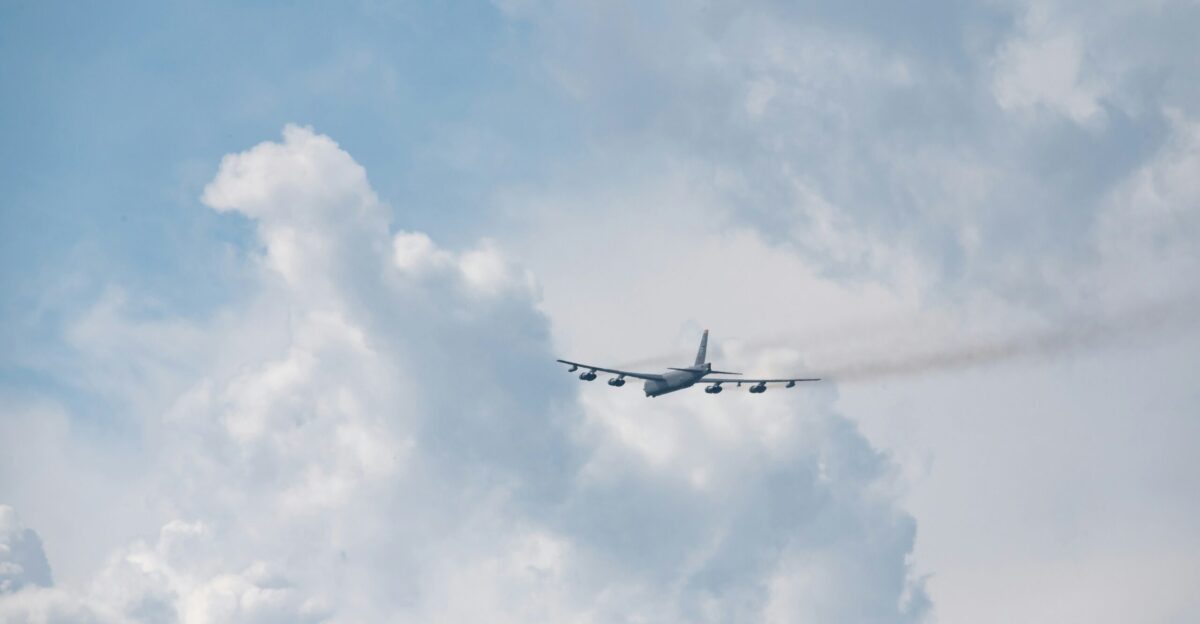
Generationally, this campaign reflects a shift in U.S. defense culture. Many younger military personnel have only known an era of expansive counterterrorism authorities. The Trump administration’s decision to publicly track the B-52 flights on civilian radar platforms turns the operation into an explicit psychological signal.
This transparency – flaunting strength rather than hiding it – marks a new style of deterrence in the Americas.
Broader Reflection
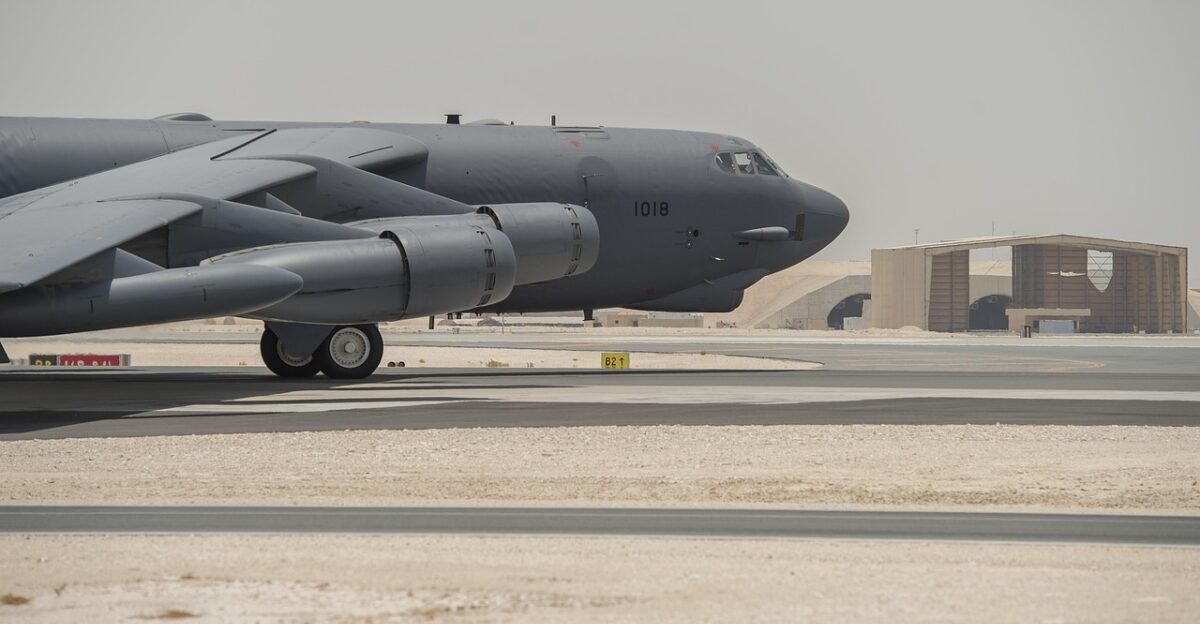
In the end, the B-52 flights crystallize a core dilemma in U.S. foreign policy: can raw military might achieve lasting solutions when diplomacy stalls? The coordination of three strategic bombers in one operation demonstrates formidable capability, but success depends on influencing Maduro’s actions, not just sorties flown.
As casualties mount and pressure grows, the Caribbean campaign underscores the persistent gap between military force and political results.